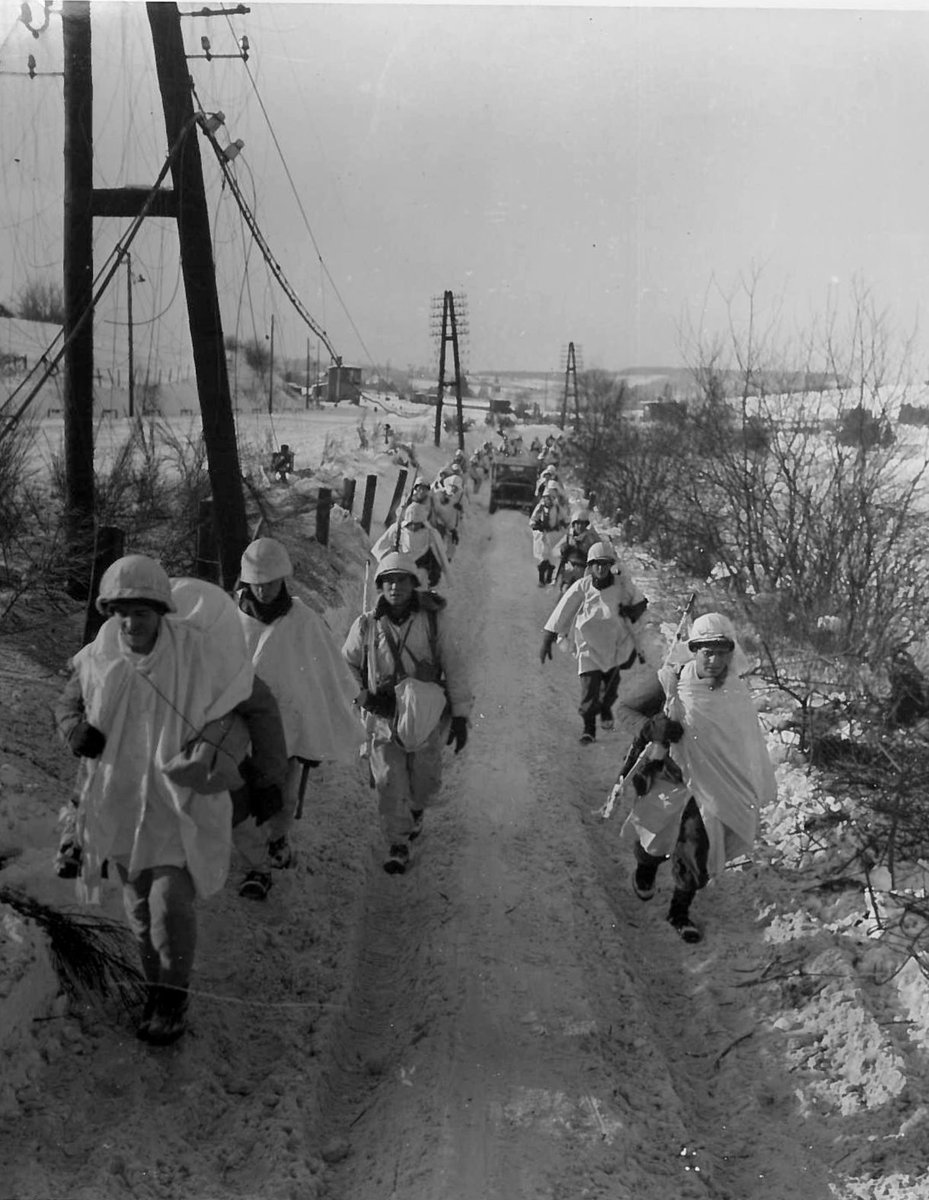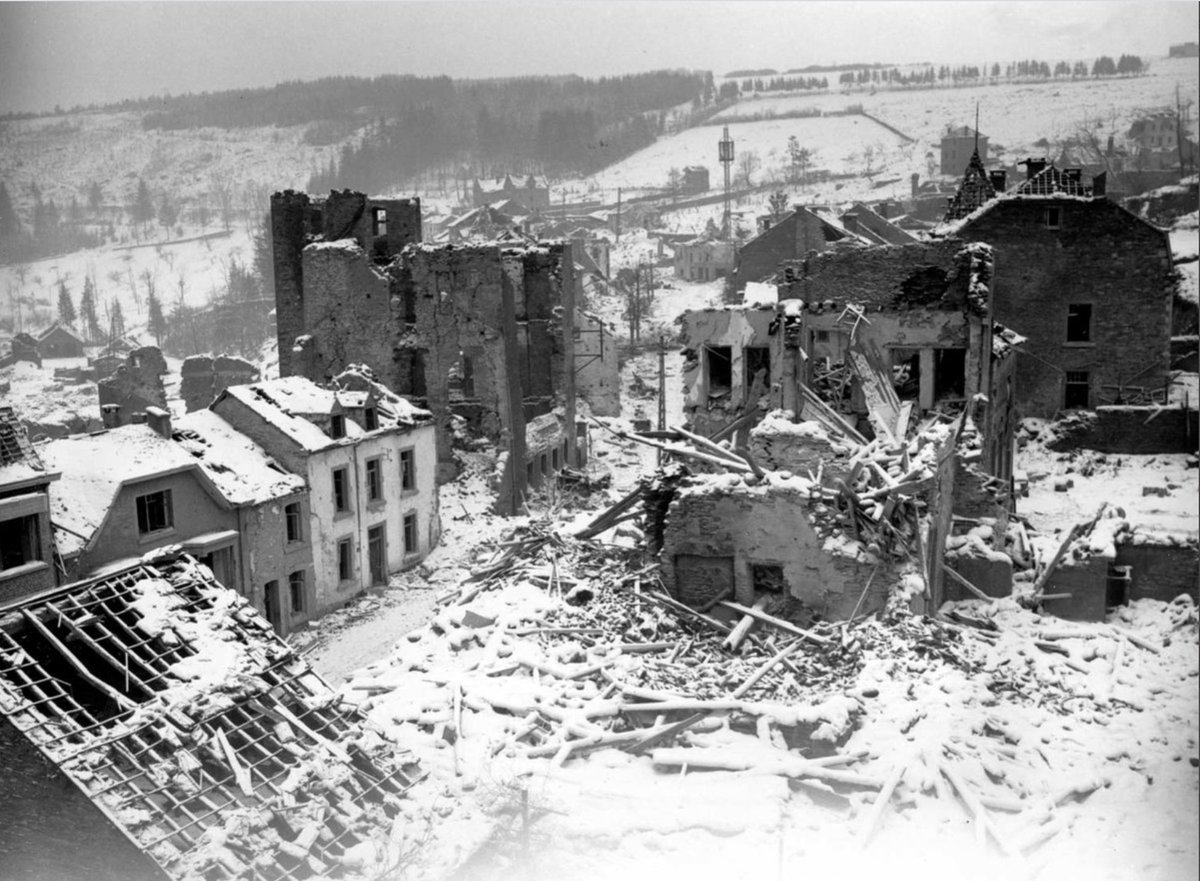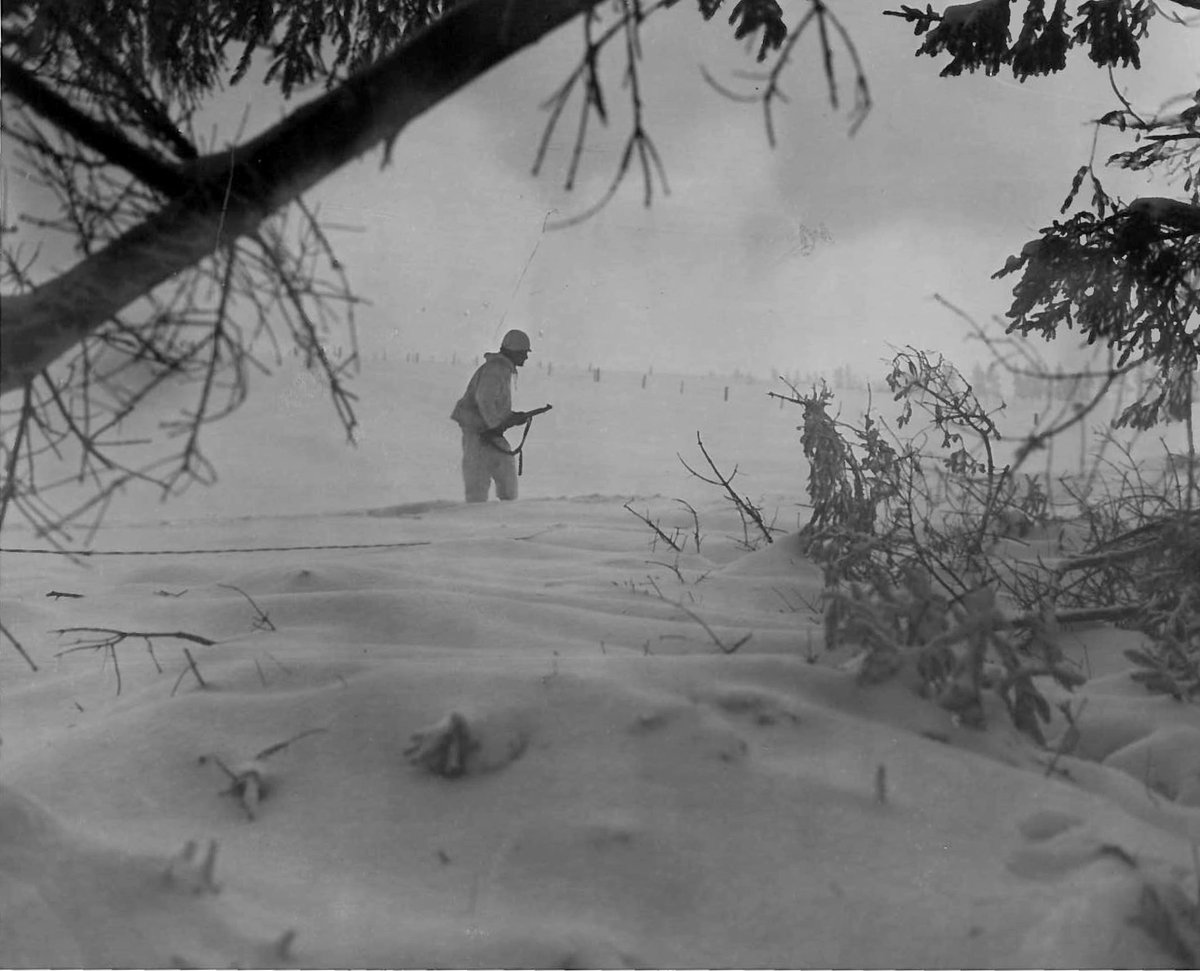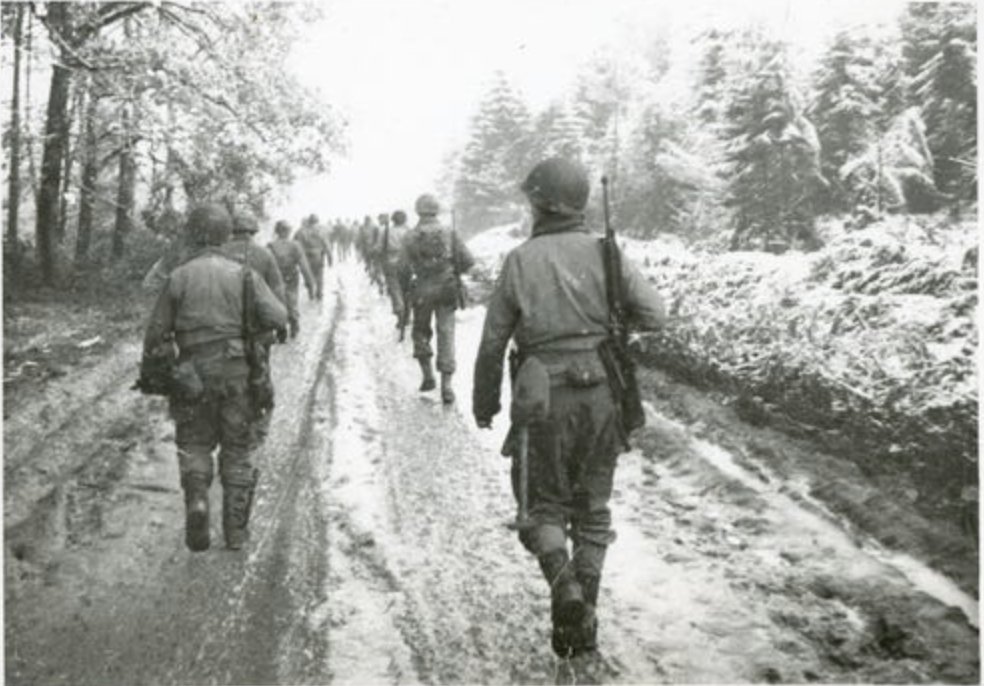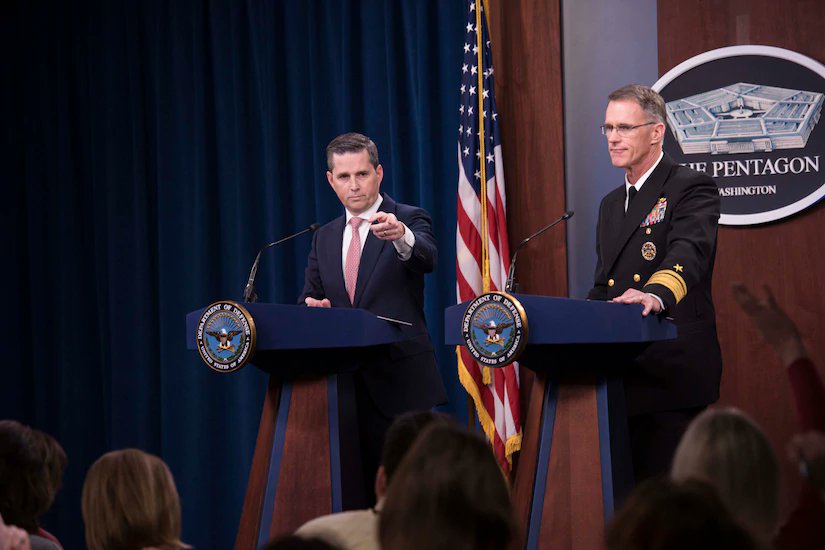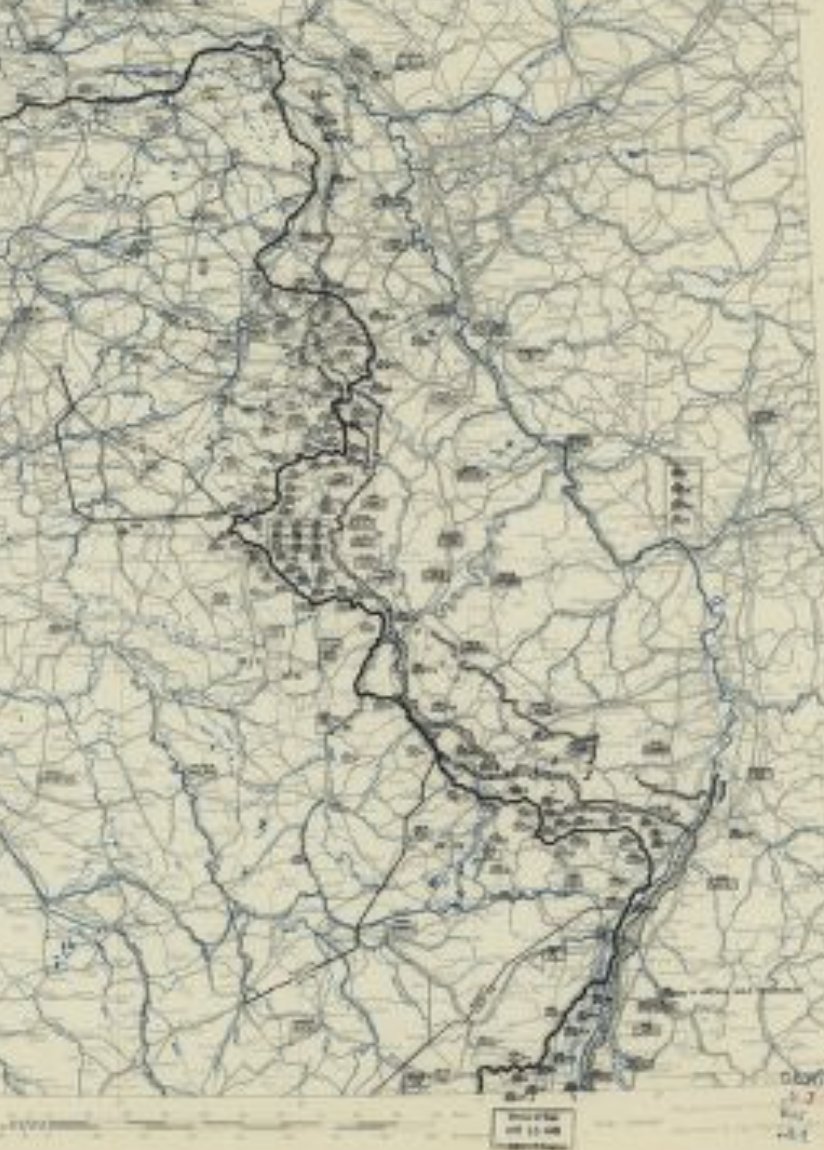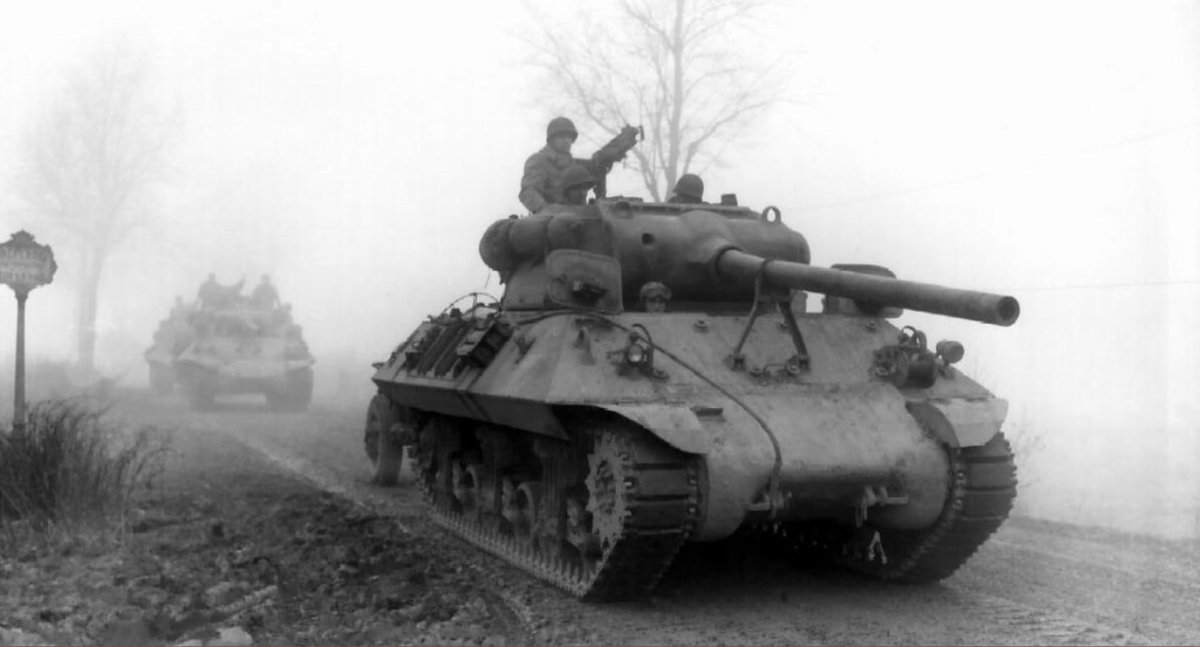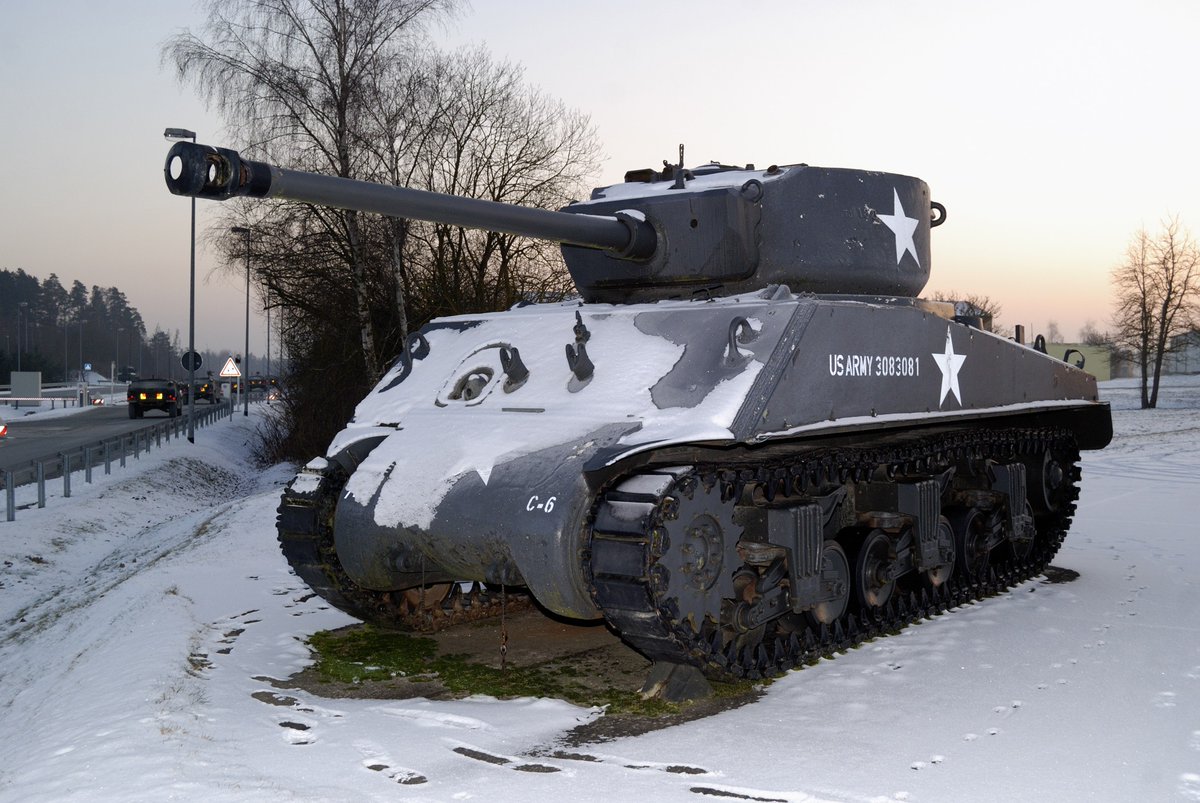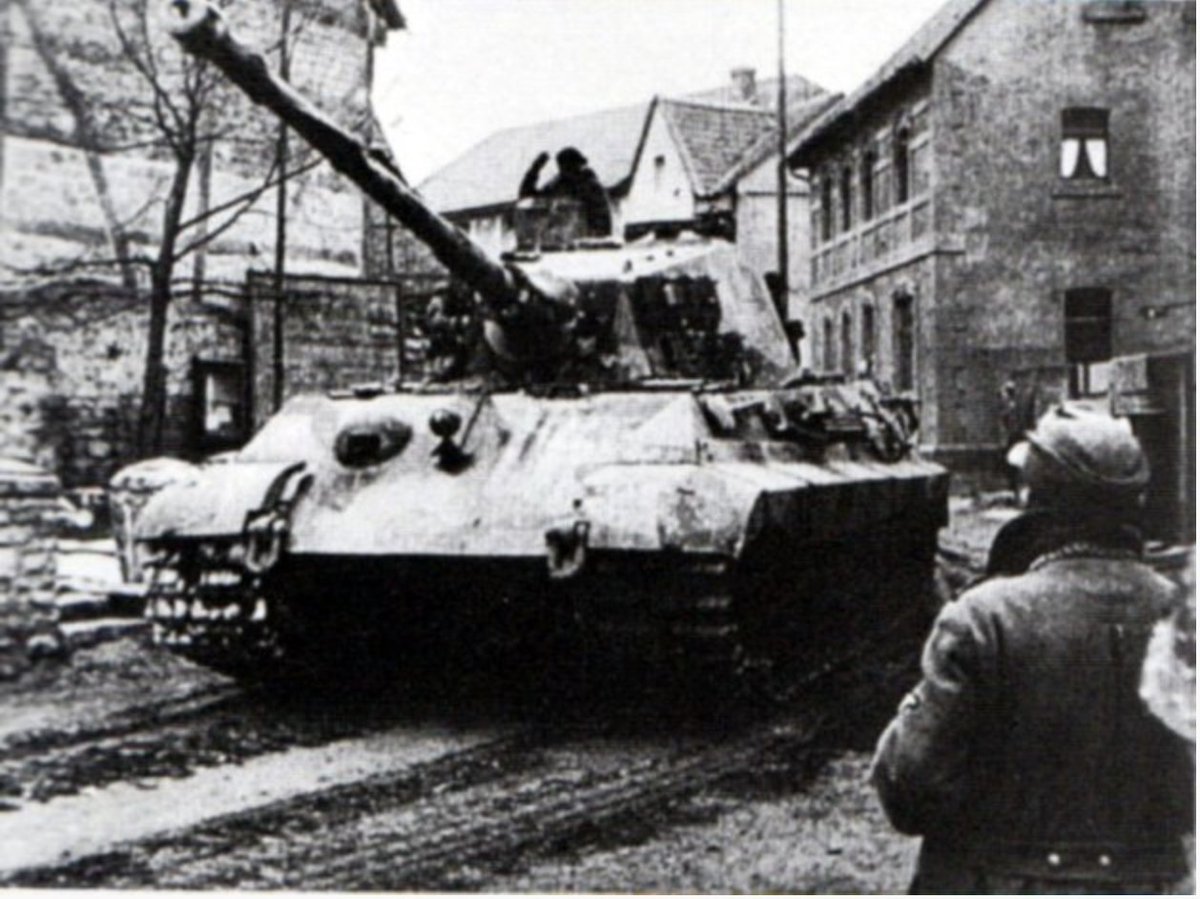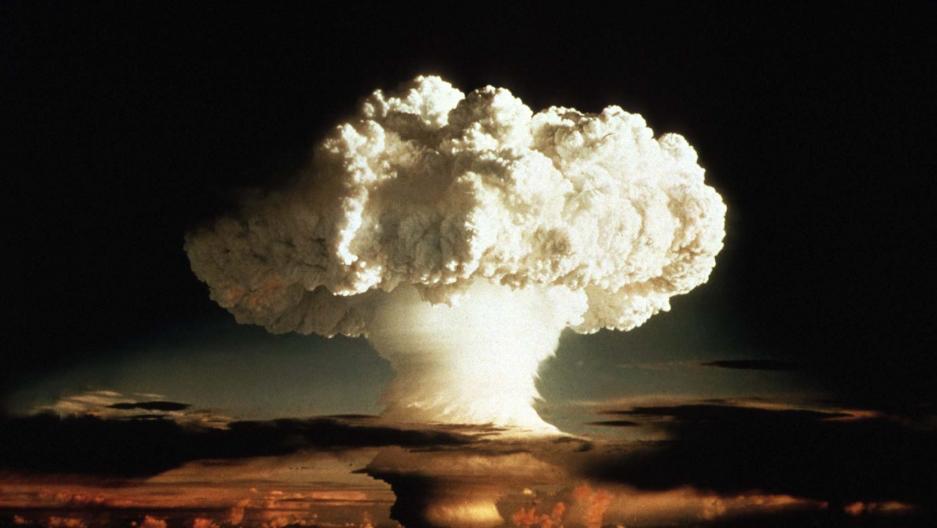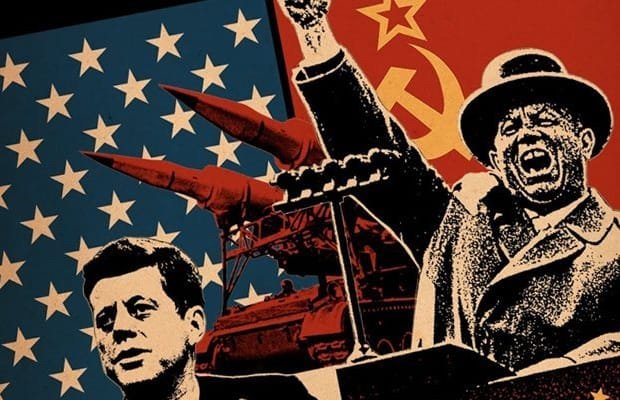
[1 of 7]
On this #MLKDay, we pay homage to the original Black Panthers, the 761st Tank Battalion who liberated more than 30 towns and villages during WWII.
On this #MLKDay, we pay homage to the original Black Panthers, the 761st Tank Battalion who liberated more than 30 towns and villages during WWII.

[2 of 7]
Formed in April of 1942 at Camp Claiborne, Louisiana, the 761st was among a number of all-black units with white leaders formed within a segregated US military.
With 593 black enlisted men & 36 black officers but white company CDRs the 761st was designated for Europe
Formed in April of 1942 at Camp Claiborne, Louisiana, the 761st was among a number of all-black units with white leaders formed within a segregated US military.
With 593 black enlisted men & 36 black officers but white company CDRs the 761st was designated for Europe

[3 of 7]
The 761st, a separate battalion of M4 Sherman medium tanks, trained hard in Louisiana, despite facing segregation and racism both on post and off.
The battalion called itself the Black Panthers & developed an aggressive identity around its motto: “Come out fighting.”
The 761st, a separate battalion of M4 Sherman medium tanks, trained hard in Louisiana, despite facing segregation and racism both on post and off.
The battalion called itself the Black Panthers & developed an aggressive identity around its motto: “Come out fighting.”
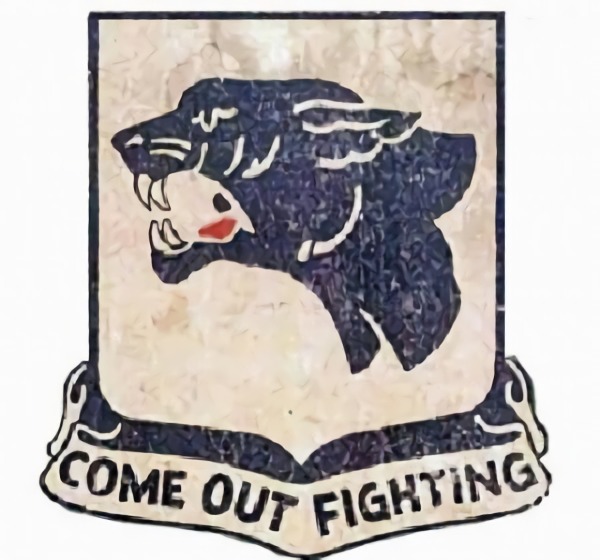
[4 of 7]
In October, 1944, the 761st became the first black tank unit to enter the war. They fought under Patton's Third Army.
The men first saw combat in November, fighting through the French towns, often at the leading edge of the advance.
In October, 1944, the 761st became the first black tank unit to enter the war. They fought under Patton's Third Army.
The men first saw combat in November, fighting through the French towns, often at the leading edge of the advance.

[5 of 7]
For months they fought in major tank battles and saw 183 days of continual combat.
In May, 1945, they liberated the Gunskirchen concentration camp.
For months they fought in major tank battles and saw 183 days of continual combat.
In May, 1945, they liberated the Gunskirchen concentration camp.

[6 of 7]
The battalion earned more than 300 Purple Hearts and participated in four major Allied campaigns in six countries.
Still, it wasn’t until decades later that the 761st received the same recognition that white units received.
The battalion earned more than 300 Purple Hearts and participated in four major Allied campaigns in six countries.
Still, it wasn’t until decades later that the 761st received the same recognition that white units received.

[END]
In 1997, more than 50 years after WWII, the Nation posthumously awarded the Medal of Honor to seven members of the 761st.
In 1997, more than 50 years after WWII, the Nation posthumously awarded the Medal of Honor to seven members of the 761st.

• • •
Missing some Tweet in this thread? You can try to
force a refresh

